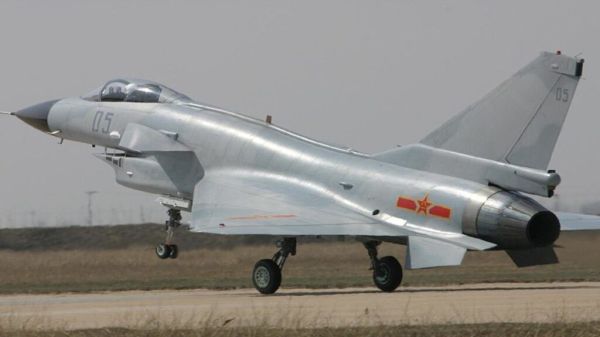
For a long time, the United States, the United Kingdom, and the Soviet Union have been the leaders in technologically advanced fighter jets. Recently, however, China has been catching up in terms of production capacity and innovation, with the 5th-generation fighter, the J-35, alongside its newest fighter jet, the Chengdu J-36. However, before these latest aircraft, China had long been manufacturing fighter jets, including the J-10 and the JF-17. While having the same Chinese lineage, these aircraft are also different, primarily because the JF-17 is a joint project between China and Pakistan, and China doesn’t operate it. Other key differences lie in their design, performance, and deployment.
The aircraft pictured above is the J-10 Vigorous Dragon, a 4th-generation jet built by Chengdu Aircraft Industry Group. Development on the J-10 started in the early 1980s, when the Chinese government decided to update its fighter fleet of old J-6 and J-7 jets, which were localized versions of Soviet MiG jets. A new fighter was needed to replace the aging jets, and several design proposals were submitted, with the entry from Chengdu Aircraft Industry Group being chosen. By 1988, work on the indigenous J-10 began, and its design included a delta wing configuration with canards, an intake under the front fuselage, and fly-by-wire controls. For its engine, the J-10 initially used an AL-31FN meant for SU-27 flankers.
The maiden flight of the J-10 was in 1998, and its first iteration, the J-10A, entered service in 2005. Now in its 20th year, the J-10’s performance specs include a maximum speed of Mach 1.9, a service ceiling of 11.18 miles, and a range of 1,150 miles. An interesting aspect of the J-10 is the speculation on its design origins, which links it to the cancelled Israeli LAVI fighter, which itself was modelled after the iconic General Dynamics F-16 Fighting Falcon.